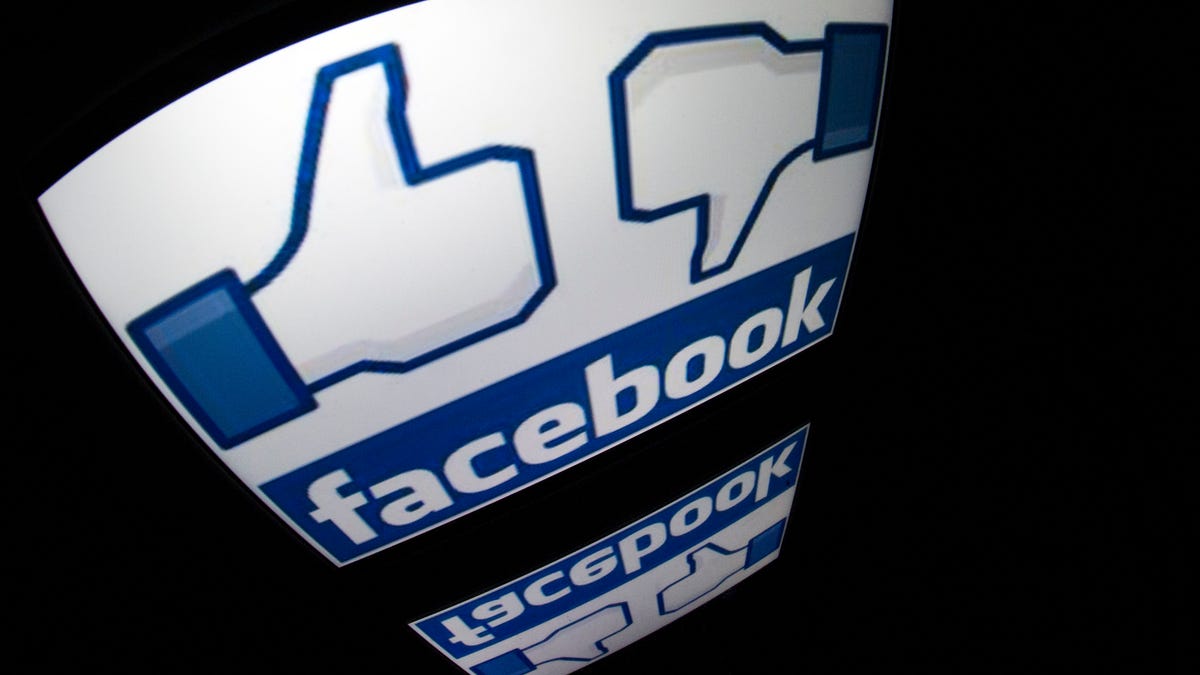Facebook lays out blueprint for connecting hard-to-reach rural areas
CEO Mark Zuckerberg's latest tack will be to work with vendors across the world to bring connectivity to rural locations with harsh conditions.

Facebook CEO Mark Zuckerberg took another step in his pet project to bring internet access to every corner of the planet.
Facebook on Wednesday unveiled a platform, called OpenCellular, that will give barebones connectivity to far-flung rural communities. The social-networking company will provide the skeleton for what you would need to support cellular access, complete with open-source software that lets potential partners update and tweak the service to meet a community's needs.
OpenCellular marks Facebook's latest attempt to push its goal of worldwide access, which aims to connect the last 4 billion people without internet access and the 10 percent of the population without cellular service. It's a priority for Facebook and Zuckerberg, even if not everyone agrees with their methods. Rather than go at it alone, this new program will rely on partners to run with the blueprints that it has drawn up.
OpenCellular is designed to work in rural locations in harsh conditions. Facebook will give communities the instructions, along with the building materials, on how to construct a system that's weather-proof, able to withstand high winds and severe temperatures, and easy to run. OpenCellular only requires one person to complete installation and can be hung from a post a few feet high or at the top of a tree.
Facebook won't be doing the deployments itself. The plan will likely lean on telecom operators, software developers and researchers to construct the devices. After completing the setup, technicians can monitor and operate the device remotely. To ensure little need for physical maintenance, the system can reconfigure itself if an issue arises and will notify a remote center if there's a problem it cannot fix on its own. It can run on solar power, external or internal batteries, through an ethernet, or by direct current, making it easier to implement for a wide variety of areas.
This is not the first time the social-networking giant has attempted to bring wireless to the masses. In April, the company unveiled Terragraph, a project dedicated to increasing internet speed in densely-populated areas, and Aries, a network used to replace slower services in lower-income, provincial areas. The company looks to integrate Aries technology to provide support for OpenCellular.
Facebook plans to begin beta testing the service this year and hopes to make the devices as cost-effective for developing countries as possible. Companies hoping to invest can think of OpenCellular as a gateway into reaching the most rural areas on earth and a way for telecom groups to deploy networks in communities they could not have before.
Not everyone has been enthusiastic about Facebook's ambitions. India kicked Zuckerberg's Free Basics program, a service that provides limited internet to poor communities, out of the country over net neutrality issues in February. The Telecom Regulatory Authority of India posited that by only offering certain apps and services, Facebook was offering only a selective swath of the internet.
Though Facebook wants to help developing countries, the platform is a good business decision too. Using OpenCellular to connect those hard-to-reach people means more potential users on its social network.
Facebook has been testing the system in-house and will work with Telecom Infra Project, the company's engineering-driven initiative for developing new ways to distribute telecom infrastructure, to find appropriate trial areas for OpenCellular.

